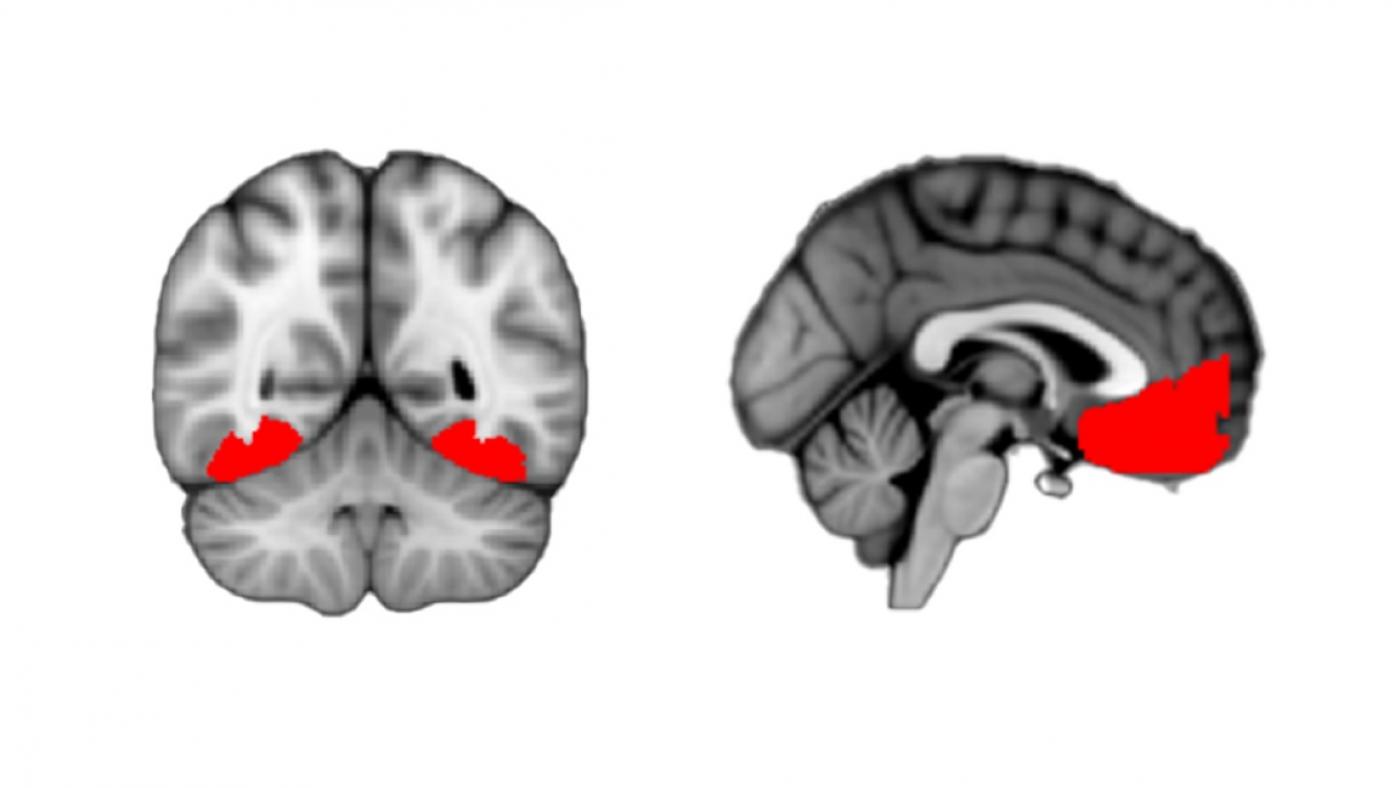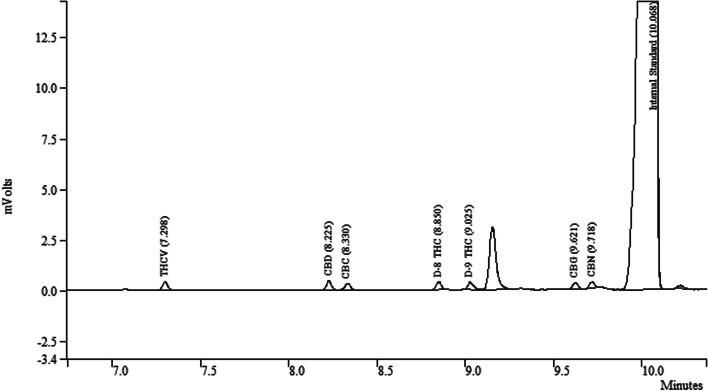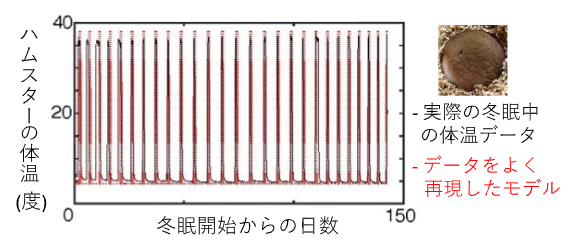2024-07-05 コロンビア大学
 Human brain-scan images show regions toward the back and front that are active for a person who is feeling curious. (Credit: Gottlieb Lab/Columbia’s Zuckerman Institute)
Human brain-scan images show regions toward the back and front that are active for a person who is feeling curious. (Credit: Gottlieb Lab/Columbia’s Zuckerman Institute)
<関連情報>
- https://zuckermaninstitute.columbia.edu/brain-imaging-study-reveals-curiosity-it-emerges
- https://www.jneurosci.org/content/early/2024/07/04/JNEUROSCI.0974-23.2024
感覚の不確実性と確信の神経表現は知覚的好奇心と関連している Neural Representations of Sensory Uncertainty and Confidence are Associated with Perceptual Curiosity
Michael Cohanpour, Mariam Aly and Jacqueline Gottlieb
Journal of Neuroscience Published:5 July 2024
DOI:https://doi.org/10.1523/JNEUROSCI.0974-23.2024
Abstract
Humans are immensely curious and motivated to reduce uncertainty, but little is known about the neural mechanisms that generate curiosity. Curiosity is inversely associated with confidence, suggesting that it is triggered by states of low confidence (subjective uncertainty). The neural mechanisms of this process, however, have been little investigated. What are the mechanisms through which uncertainty about an event gives rise to curiosity about that event? Inspired by studies of sensory uncertainty, we hypothesized that visual areas provide multivariate representations of uncertainty, which are then read out by higher-order structures to generate signals of confidence and, ultimately, trigger curiosity. During fMRI, participants (17 female, 15 male) performed a new task in which they rated their confidence in identifying distorted images of animals and objects and their curiosity to see the clear image. To link sensory certainty and curiosity, we measured the activity evoked by each image in occipitotemporal cortex (OTC) and devised a new metric of “OTC Certainty” indicating the strength of evidence this activity conveys about the animal vs. object categories. We show that, consistent with findings using trivia questions, perceptual curiosity peaked at low confidence. Moreover, OTC Certainty negatively correlated with curiosity, establishing a link between curiosity and a multivariate representation of sensory uncertainty. Finally, univariate (average) activity in two frontal areas – vmPFC and ACC – correlated positively with confidence and negatively with curiosity, and the vmPFC mediated the relationship between OTC Certainty and curiosity. The results suggest that multiple mechanisms link curiosity with representations of confidence and uncertainty.
Significance Statement Curiosity motivates us to explore and learn about the world around us. Traditional perspectives hypothesize that curiosity arises from variability in confidence, but the neural mechanisms by which this occurs have been difficult to evaluate. Here, we harness the human visual system to uncover a neural mechanism of curiosity. We show that a multivariate representation of certainty in occitotemporal cortex is transformed into a univariate representation of confidence in prefrontal cortex to facilitate curiosity. Together, these results illuminate how perceptual input is transformed by successive neural representations to ultimately evoke a feeling of curiosity – elucidating how and why we become curious to learn and delve into diverse domains of knowledge.


